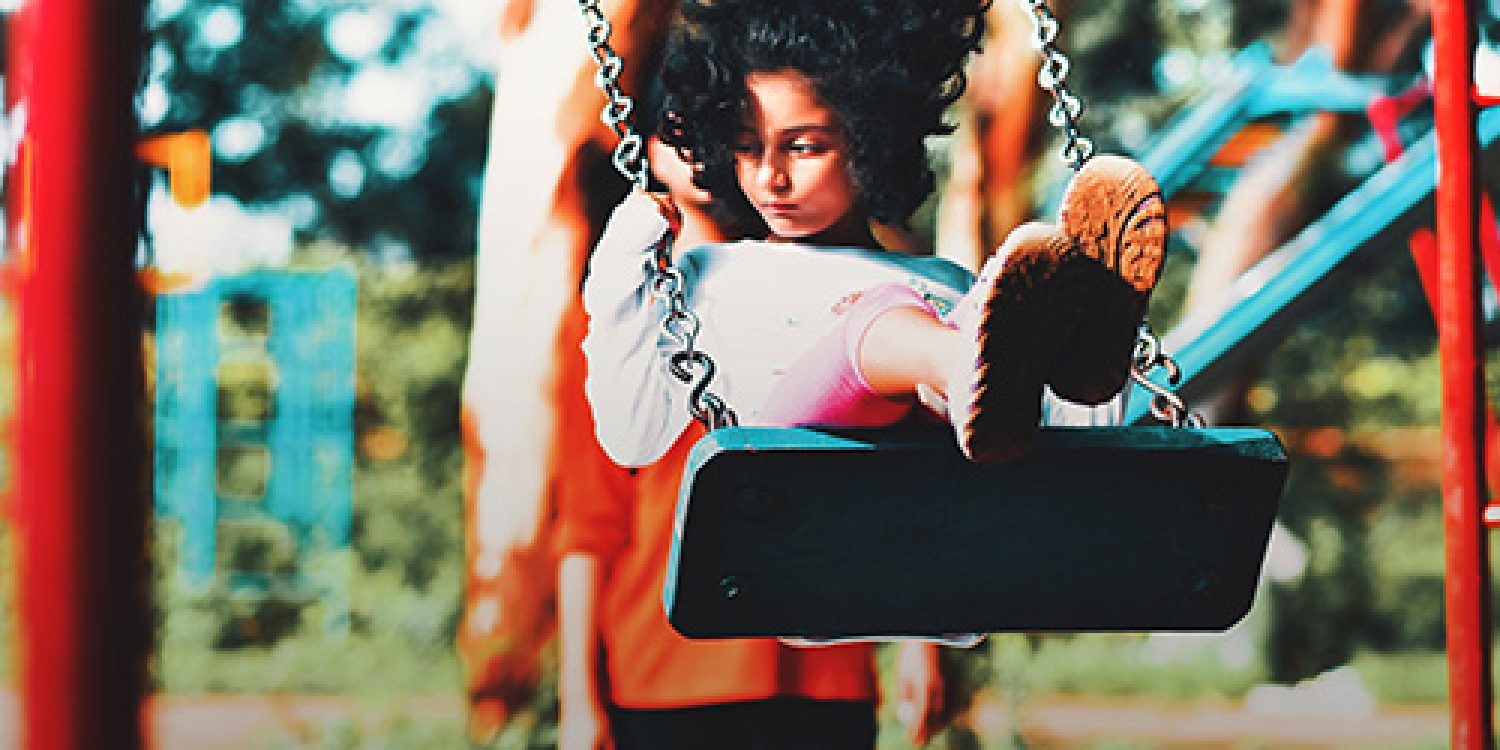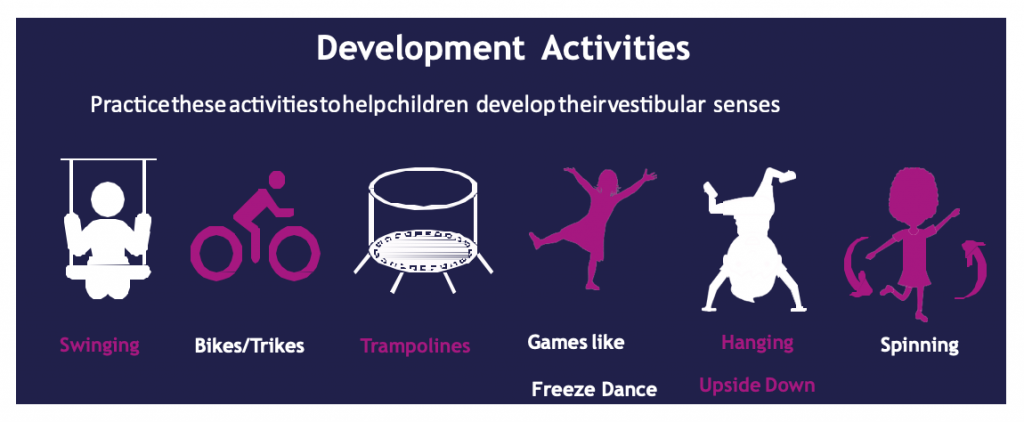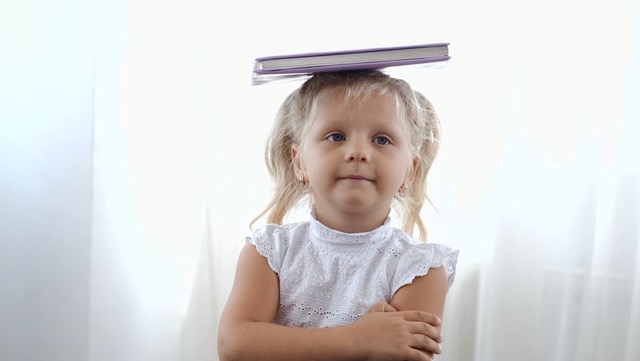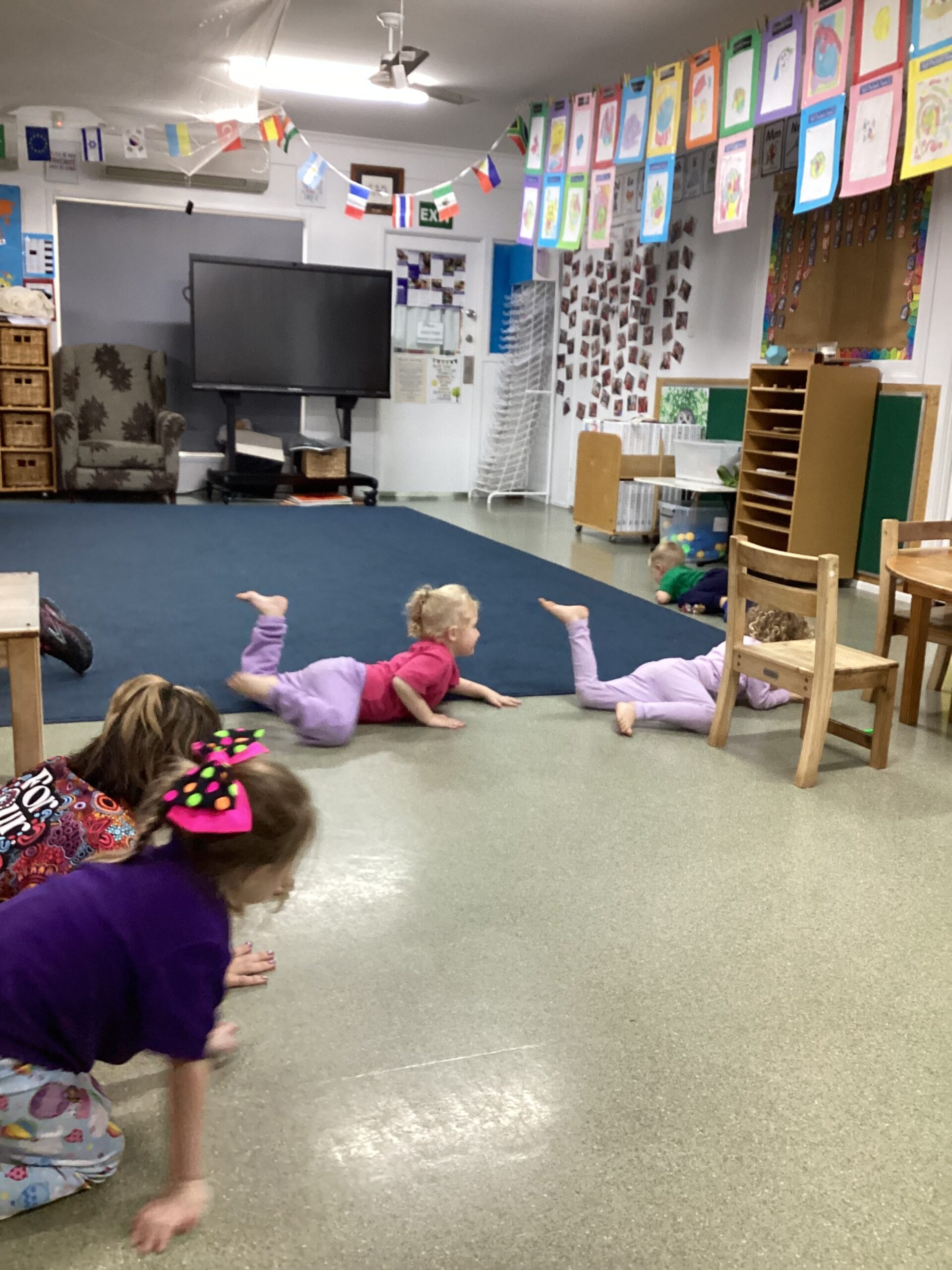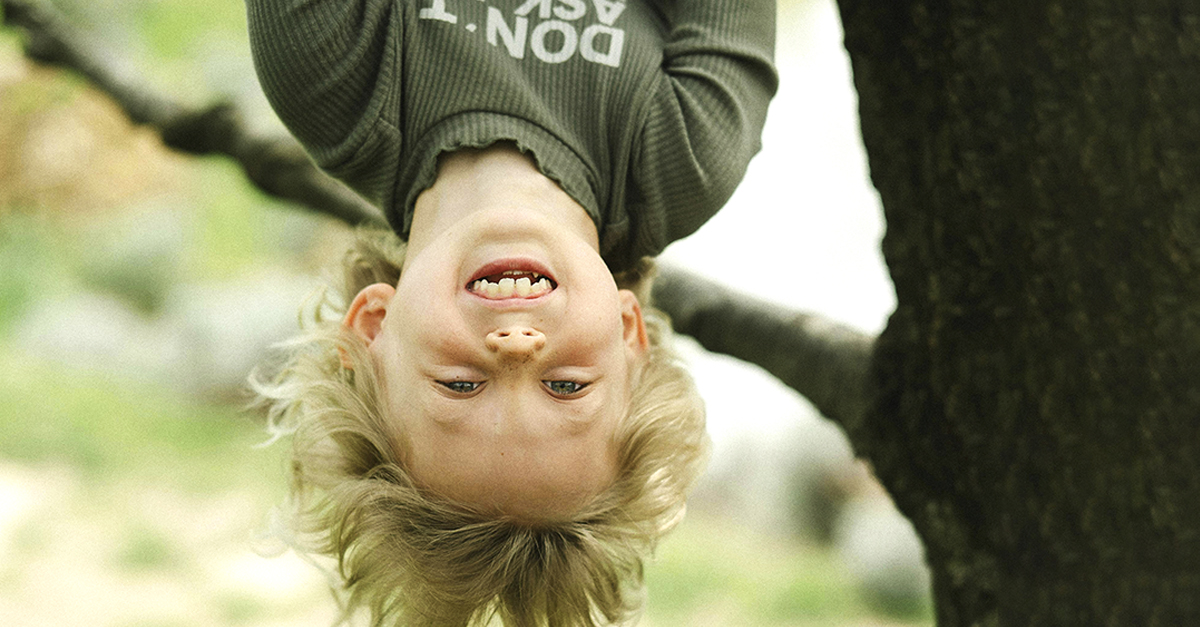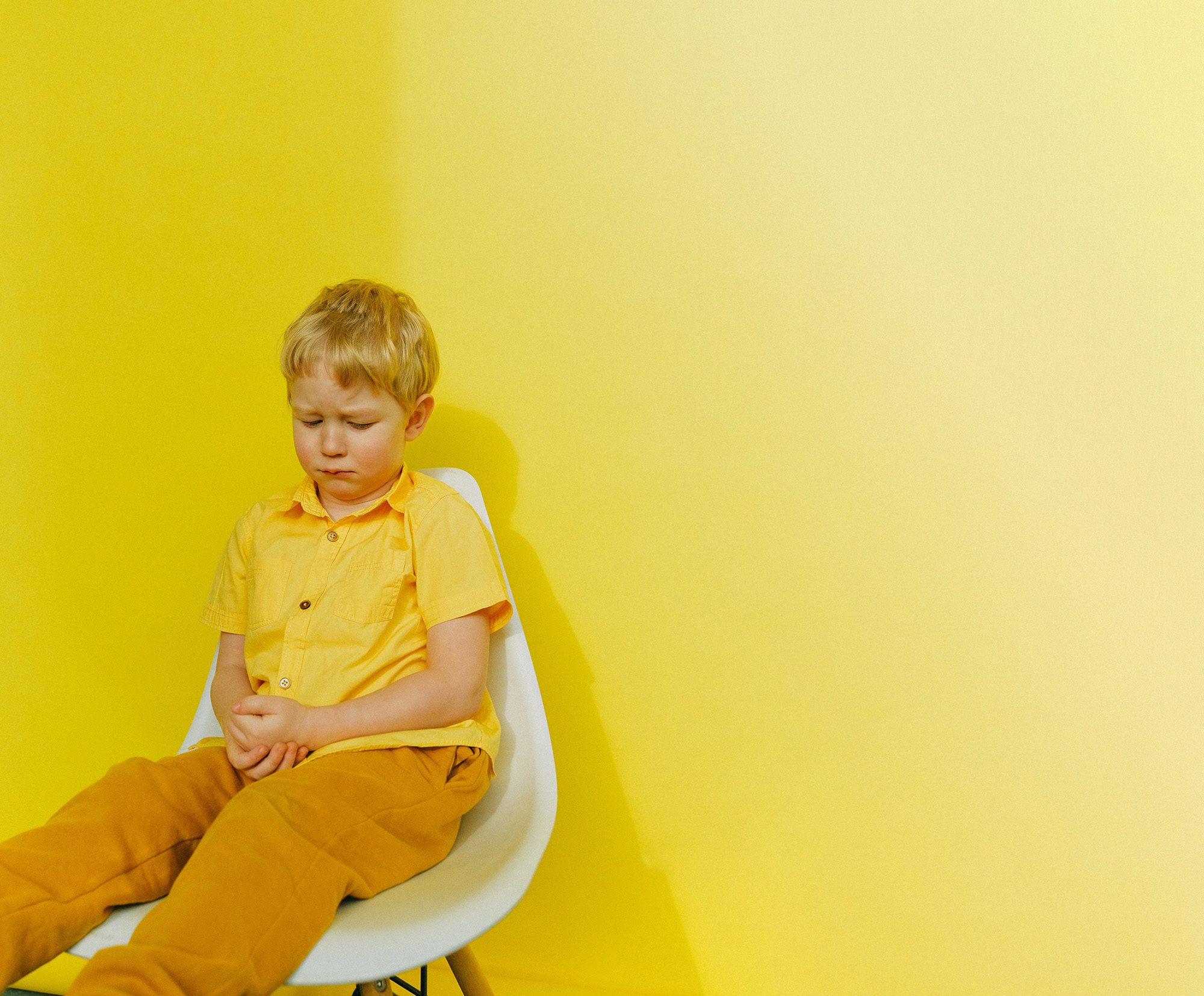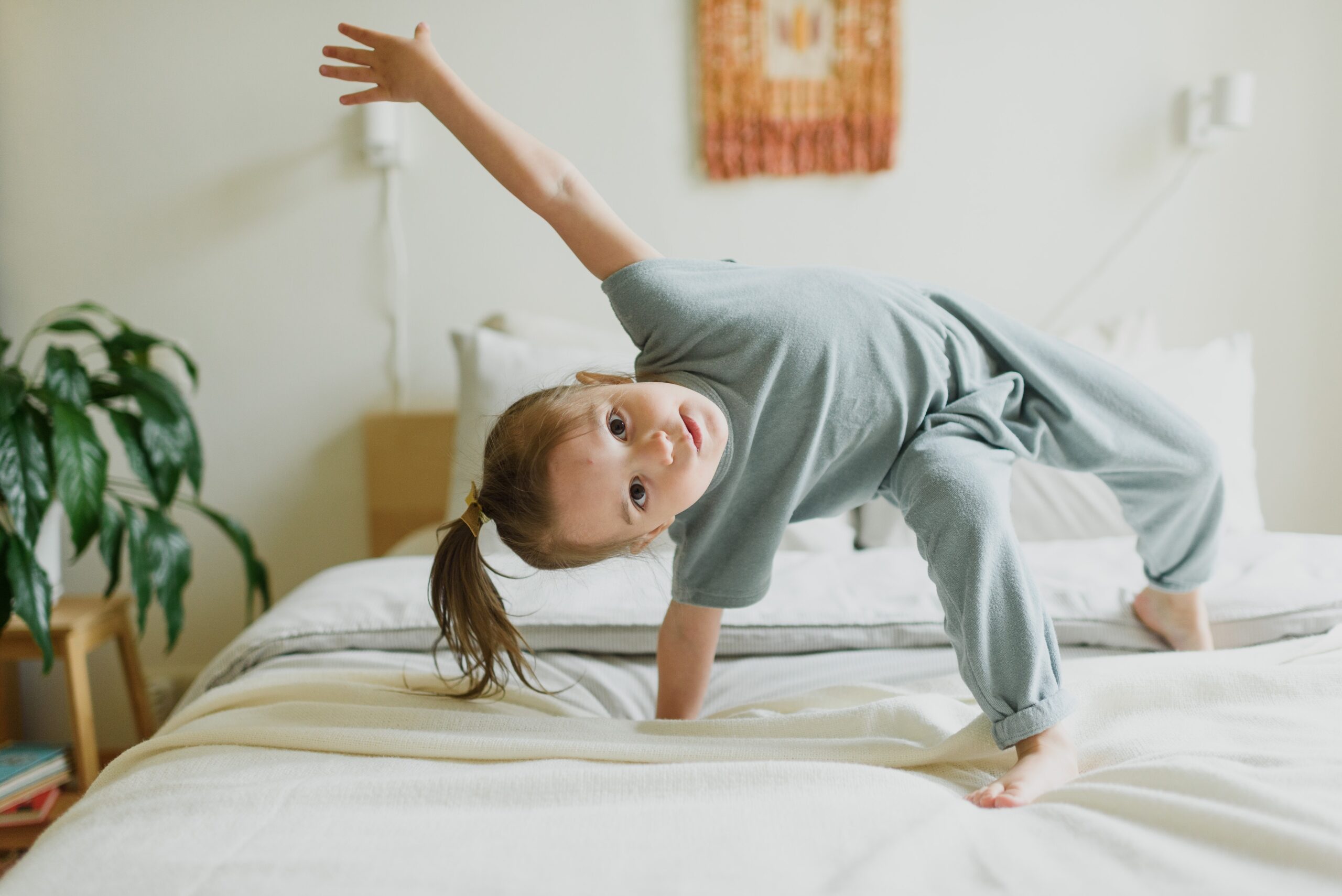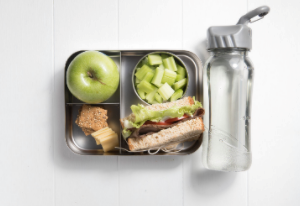There are two types of vestibular disorders that commonly interfere with learning and behaviour. One is an overactive vestibular system, when a child’s neurological system cannot regulate the amount of information bombarding the central nervous system, it causes it to overload.
The child is unable to ignore all the vestibular information entering the system, the brain overreacts to vestibular input.
When a child has an overactive vestibular system, they display gravitational insecurity and an intolerance to movement. This child is afraid of falling and will take longer to learn to walk up and down stairs. They feel fear, anxiety or distress whenever they are in a position to which they are accustomed. They will take a dislike to swings, slides or spinning activities. They feel safe when both feet are on the ground, do not enjoy walking up or down slopes or over ground that is uneven. They do not like to climb, ride on things or jump down from things. They will avoid somersaults or rough-house playing. This child demands constant support from an adult and has problems interacting socially with others; they may seem to be wilful and uncooperative and trying to manipulate people and situations. Feeling dizzy, getting a head and stomach-ache may be a characteristic.
The other disorder is an underactive vestibular system, when a child’s central nervous system does not receive or correctly process information about movement, the brain under-reacts to vestibular input. When a child has an underactive vestibular system, they frequently lose balance, show an inability to sit still and are fidgety, a ‘bumper and crasher’ and love running fast and to climb and jump off high objects. They have low muscle tone, display general clumsiness, crave spinning activities, and have trouble knowing where they are in space; the difference between up and down, top and bottom, left and right. They are unsure of which hand to use for throwing, catching or hitting a ball. This child has laterality problems. Knowing and using body parts in coordination can be difficult. Often they have a delay in learning language. Moving arms and legs against an unstable trunk is difficult. They lack ability to control eye muscles, which interferes with movement and academic learning. This child seems to tire easily and needs to rest their head frequently. They also often suffer from low self-esteem.
How can we help children to overcome vestibular problems?
We can assist children by engaging them in movements that stimulate the vestibular system. Children with an overactive vestibular system can be encouraged to participate in slow swinging, slow rocking, slow linear movements such as sitting inside a box and being pulled in one direction, linear walking or linear movements such as swimming, jumping on a trampoline and practicing directional change during dancing.
Children with an underactive vestibular system can be encouraged to do some spinning, swinging, jumping on the trampoline, accelerating or decelerating by running zig-zag around cones, rocking, tumbling, somersaults and rolling.
If a child has vestibular problems now, the problems will grow with them. The child may develop strategies to avoid difficult tasks, they may develop talents that are not dependent on their shaky balance or eye problems, but will always have to work very, very hard to function smoothly. Please listen to a teacher, a grandma or a friend when they recognise that something is not quite right. If the car mechanic tells you that your car needs a tune-up because it is not running well, you would listen. How about a tune-up for your child to enhance their potential?
Activities Which Enhance Vestibular Stimulation
- Swinging on fixed apparatus, swing, ropes
- Spinning or pivoting on toes
- On a swing or a rope, wind up and then let go
- Spinning around on a scooter board or skate board
- Bouncing on inflated inner tubes, a rebounder or on a trampoline
- Bouncing or jumping on an old mattress.
- Rocking, on a rocking horse, in a rocking chair, or being rocked by two adults holding a blanket.
- Rocking, feet together with another child
- Inflatable toys to bounce on
- Try to skip with a rope, on an old mattress
- Steering scooterboard through a maze

